学び
Detecting Parkinson’s Disease Through Hand Drawing: A Novel Approach to Early Diagnosis
Haider Md Ali
Parkinson’s Disease (PD) is a chronic neurodegenerative disorder that affects millions of people worldwide. Characterized by symptoms like tremors, stiffness, and slowness of movement, it can have a profound impact on a person’s quality of life. Early detection is crucial for managing the disease and improving outcomes. While traditional diagnosis often relies on clinical assessments and neuroimaging, an emerging, non-invasive method is gaining traction: analyzing hand-drawn patterns.
We’ll explore how hand drawing is being used to detect Parkinson’s Disease, the science behind this approach, and the potential it holds for early diagnosis.
Why Hand Drawing?
One of the earliest signs of Parkinson’s Disease is impaired motor control, particularly in fine motor skills. People with PD often experiencing tremors, difficulty in coordinating small movements, and reduced precision in tasks their hands. These impairments manifest in various ways, including in handwriting and drawing tasks. For example, individuals may exhibit micrographia (writing that progressively becomes smaller) or struggle to complete simple drawings, such as spirals or circles.
The idea behind using hand-drawn patterns for detecting Parkinson’s is based on this clear connection between motor dysfunction and drawing performance. By analyzing how someone completes a specific task—such as drawing a spiral—it’s possible to detect subtle motor irregularities long before other symptoms become severe.
How Does It Work?
The process of using hand drawings to detect Parkinson’s involves several steps:
1. Data Collection
To analyze hand-drawn patterns, a device like a graphic tablet, smartphone, or digital pen is used to capture data as the person draws. This data includes:
- Position : The xy coordinates of each point during the drawing.
- Velocity : How fast the hand moves while drawing.
- Pressure : The amount of pressure applied by the hand on the surface.
- Acceleration and Jerk : The sudden changes in movement or force applied.
2. Drawing Tasks
Tasks can range from simple shapes like spirals or circles to more complex patterns. Each drawing task is specifically chosen to reveal certain characteristics of motor control. For example, an Archimedean spiral is often used because the continuous motion required to draw it can highlight tremors and Uneven pressure in people with Parkinson’s.
3. Feature Extraction
Once the data is collected, it is processed to extract key features such as:
- Tremor Frequency : Involuntary shaking that occurs at specific frequencies.
- Stroke Duration and Length : People with PD often take longer to complete strokes or have irregular lengths.
- Smoothness of Movement : Jagged, erratic movements are common in those with Parkinson’s.
- Pressure Consistency : People with PD may apply inconsistent pressure when drawing.
4. Machine Learning for Diagnosis
With this data in hand, machine learning algorithms are trained to distinguish between drawings made by healthy individuals and those made by people with Parkinson’s. Models such as Support Vector Machines (SVMs), Random Forests, and even deep learning models like Convolutional Neural Networks ( CNNs) are employed to make this distinction.
The advantage of machine learning is that it can analyze large amounts of data quickly and identify patterns that might not be immediately obvious to the human eye. By training these models on hand-drawing data, researchers have been able to achieve impressive levels of accuracy in detecting Parkinson’s, even in its early stages.
Benefits of Hand Drawing for Parkinson’s Detection
Hand-drawing based detection offers several unique advantages:
1.Non -Invasive and Accessible
brain scans or other diagnostic tools, hand-drawing analysis is completely non-invasive. It doesn’t require specialized medical equipment or facilities. All that’s needed is a tablet or smartphone with a stylus, making it accessible to a wide range of people .
2. Early Detection
Since motor impairments are among the earliest signs of Parkinson’s, analyzing hand-drawn patterns allows for the possibility of detecting the disease before more debilitating symptoms appear. This opens the door for early intervention, which can slow the progression of the disease.
3. Remote Monitoring
Because hand-drawing tasks can be completed at home using a digital device, this method lends itself to remote monitoring. Patients can regularly send their data to healthcare providers without the need for frequent office visits, making it easier to track the disease’s progression and adjust treatment plans accordingly.
Challenges and Future Directions
While the use of hand drawing for Parkinson’s detection shows great promise, there are still challenges to overcome:
1. Data Standardization
Different devices (smartphones, tablets, digital pens) may record data in slightly different ways, making it difficult to standardize across platforms. Ensuring that the data collected is consistent and reliable is a key challenge.
2. Individual Variability
Handwriting and drawing styles vary significantly from person to person, even among healthy individuals. Accounting for these variations while still accurately detecting PD-specific motor impairments requires sophisticated algorithms and large amounts of training data.
3. Integration with Other Biomarkers
While hand-drawing analysis is a powerful tool, it’s not a standalone solution. Combining it with other diagnostic methods, such as voice analysis, gait analysis, or even genetic markers, could enhance the accuracy and reliability of early detection.
Conclusion
Hand-drawing based Parkinson’s Disease detection represents a groundbreaking shift in how we approach the diagnosis of this neurodegenerative disorder. Its non-invasive nature, accessibility, and potential for early detection make it a highly promising tool for patrons and researchers alike. As technology continues to advance, we may see hand-drawing analysis become a routine part of Parkinson’s screenings, helping to identify and treat the disease before it significantly impacts patients’ lives.
In the near future, this approach could transform how we diagnose and monitor Parkinson’s, making it easier to detect the disease early and ensure that patients receive the care they need when it can be most effective.
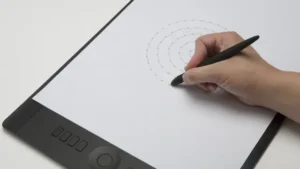
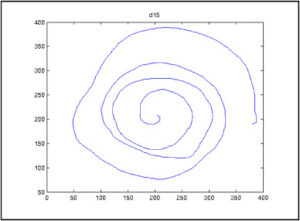
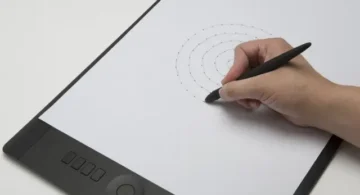 2024/10/18
2024/10/18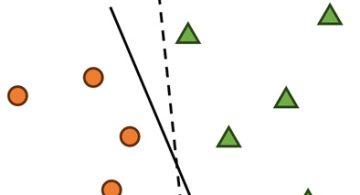 2024/01/05
2024/01/05 2023/08/18
2023/08/18 2023/06/23
2023/06/23 2022/11/18
2022/11/18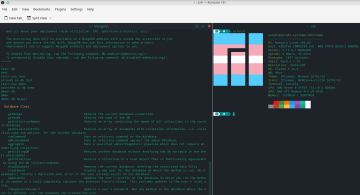 2022/08/19
2022/08/19 2022/07/22
2022/07/22 2021/01/08
2021/01/08